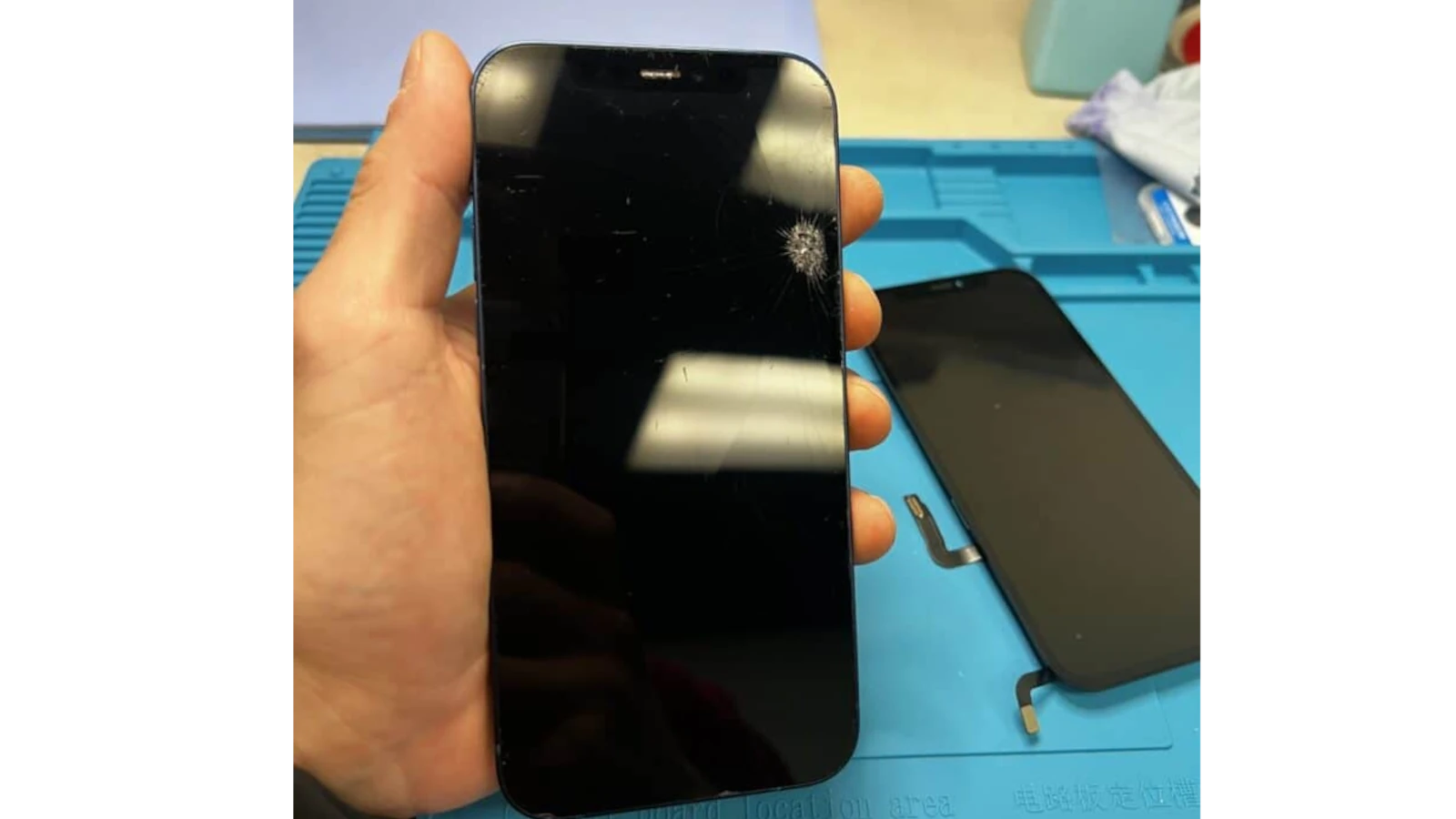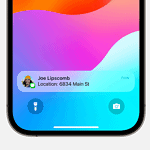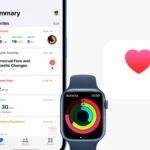The question “How long do iPhones last?” doesn’t have a one-size-fits-all answer. While Apple designs its devices to be premium and long-lasting, their practical lifespan depends on several key factors—hardware endurance, software support, battery health, and user habits. On average, most iPhones remain functional for 4 to 6 years, but the definition of “lasting” varies depending on whether you’re talking about software compatibility, performance, or daily usability.
Average Lifespan of an iPhone
- Hardware Longevity: iPhones are built to endure, with high-quality materials like aerospace-grade aluminum and ceramic shield glass on newer models. However, even with rugged construction, internal components—especially the battery—degrade over time.
- Software Support: Apple leads the industry in providing long-term iOS updates. For example, the iPhone 6s, released in 2015, received updates all the way through iOS 15 in 2021—six years of updates. Today, Apple typically supports iPhones with major iOS updates for at least five years, and security updates for a bit longer.
- Battery Health: Lithium-ion batteries degrade with every charge cycle. After about 500 full cycles, battery capacity dips below 80%, leading to noticeable declines in battery life. This typically happens around the 2- to 3-year mark, depending on usage.
| iPhone Model | Release Year | Last iOS Version Supported | Software Support Duration |
|---|---|---|---|
| iPhone 6s | 2015 | iOS 15 | 6 years |
| iPhone 7 | 2016 | iOS 15 | 5 years |
| iPhone 8 | 2017 | iOS 16 | 6 years |
| iPhone XR | 2018 | iOS 18 | 6+ years (ongoing) |
| iPhone 11 | 2019 | iOS 18 | 5+ years (ongoing) |
When Does It Make Sense to Replace an iPhone?
- No More iOS Updates
When your iPhone stops receiving the latest iOS version, you miss out on new features, security patches, and app compatibility. This is usually the first major sign it’s time to move on. - Battery Performance Drops Below 80%
Apple even has a “Battery Health” section under Settings > Battery. If your maximum capacity dips below 80%, you may experience unexpected shutdowns and throttling. A battery replacement can breathe new life into the phone—but for older devices, a full upgrade may be more practical. - Sluggish Performance or App Incompatibility
As apps evolve and require more processing power, older iPhones can struggle to keep up—even if they’re technically supported. If loading times increase or certain apps stop working altogether, it’s a sign your iPhone may not be keeping pace with modern demands. - Hardware Failures and Repairs Cost More Than the Device Is Worth
Cracked screens, faulty buttons, or non-working cameras can all be fixed—but if repair costs rival the price of a newer refurbished iPhone, replacement is often the smarter option.
Tips to Extend the Life of Your iPhone
- Avoid extreme heat and cold, which can degrade battery health.
- Use optimized charging (enabled by default in iOS) to slow battery aging.
- Keep iOS updated for the latest security fixes and performance improvements.
- Offload unused apps and manage storage to keep performance snappy.
Final Thoughts
Most users will get at least 4 to 5 years of reliable performance from an iPhone with regular updates, responsible usage, and perhaps a mid-life battery replacement. However, pushing past the five-year mark means you’re likely sacrificing access to the latest features, security protections, and performance levels.
If you want an iPhone that lasts the longest, consider newer models like the iPhone 14, 15, or 16, which not only benefit from Apple’s most advanced hardware and extended software support—but also start their lifecycle at the peak of Apple’s ecosystem.
Key Takeaways
- The average iPhone lasts about 4 to 5 years.
- Software updates and user care can extend an iPhone’s life.
- Battery health is crucial to the iPhone’s overall performance.
Determining iPhone Lifespan
When considering the lifespan of an iPhone, key factors include the durability of its hardware, the availability of software updates, and the health of its battery. These elements shape the phone’s overall longevity and the user experience over time.
Hardware Longevity
iPhone hardware is known for its quality. The build is solid, often allowing an iPhone to last far beyond its software support cycle. For instance, iPhone 6s and iPhone 7 models, despite being older, often maintain good performance. But as you use your iPhone, storage space becomes a premium, especially if you store many videos and apps. RAM, the iPhone’s memory, plays a role too. Newer models like iPhone 12 and iPhone 13 have more RAM which helps in maintaining speed years into use.
Software Update Support
Software updates are a clear indicator of an iPhone’s lifespan. Apple provides iOS updates that keep your phone secure and feature-rich. After about five years, older iPhone models may not get the newest iOS updates. For example, the iPhone 6s received its last iOS support with iOS 14. Security updates may continue for a little while, but an outdated OS can lead to performance issues with new apps.
Battery Life and Charging
iPhones use a lithium-ion battery, with longevity influenced by charging practices and usage. Battery health declines, affecting battery life. This decline is normal but can lead to the need for battery replacement. Regular updates from Apple often include improvements for battery lifespan and charging efficiency, encouraging healthier battery use for models as far back as the iPhone 7 supporting up to the latest iPhone 13, which benefits from more efficient 5G support.
Optimization and Replacement
Regular maintenance can extend the life of an iPhone. Upgrading becomes necessary when performance dips or key tech advances.
When to Upgrade
Users often consider an upgrade when their iPhones struggle with modern apps or show battery health below peak performance. An iPhone that shuts down unexpectedly may need replacing. New models typically launch in September. This is often the best time to buy, as new releases may come with discounts. Upgrading at this time ensures access to the latest tech and compatibility with other Apple devices, like the Apple Watch.
Maintenance and Repairs
To maintain an iPhone, users should regularly update their apps and iOS to keep their phone running smoothly. Replacing the battery can prevent performance management issues, where the phone slows down to avoid unexpected shutdowns. Physical damage needs immediate repair to avoid further issues. Regular decluttering, by managing photos and apps, keeps the iPhone fast and productive. Proper care mitigates the need for early replacement, making the iPhone a worthwhile investment.







